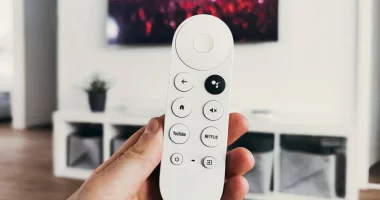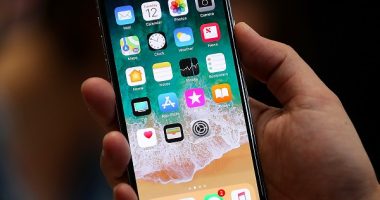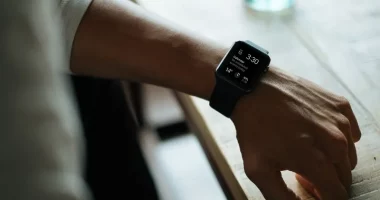Our cell phones are becoming essential tools for maintaining relationships with friends, family, and coworkers in the age of digital communication. But when the annoying “Call Failed” error message appears on your iPhone, it can ruin your discussions and be inconvenient. This extensive article will examine the several reasons why calls on iPhones fail, go into specific troubleshooting techniques, and offer professional advice to help you fix these problems successfully.
Recognizing “Call Failed” on an iPhone
Understanding the basics of what “Call Failed” implies and what could be causing this issue is essential before we begin debugging.
Why Does “Call Failed” Occur?
The error message “Call Failed” shows up on your iPhone when it can’t start or continue a call. This message may appear during conversations made using a traditional cell phone as well as calls made online, including VoIP (Voice over Internet Protocol) and FaceTime.
Common Scenarios for “Call Failed”
Cellular Calls: If you use your cellular network to make or receive conventional phone calls, you may get this problem.
FaceTime Calls: “Call Failed” can also happen when making voice and video calls over the internet.
Applications for Third-Party Calling: You may also experience this issue if you make calls using apps like Zoom, Skype, or WhatsApp.
Common Causes of “Call Failed”
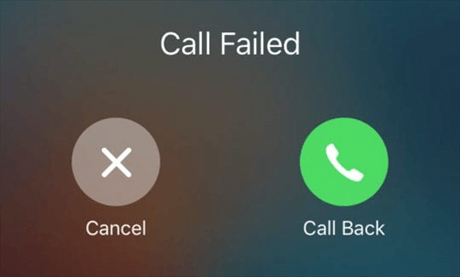
Your iPhone’s “Call Failed” problem may be caused by a number of factors:
Signal Strength: Poor or erratic cellphone signals can cause missed calls.
Network Congestion: During peak hours, call drops may occur due to overloaded network towers.
Program Errors: Program errors or malfunctions in iOS might cause calls to be dropped.
Issues Associated with Your Carrier: Call quality may be impacted by carrier-specific billing issues or network-specific problems.
Hardware Problems: Inaccurate hardware parts, like the SIM card or antenna, might cause issues with communication.
Let’s move on to the troubleshooting procedures to fix “Call Failed” issues on your iPhone now that we have a basic understanding of the problem.
Troubleshooting “Call Failed” on iPhone
The “Call Failed” problem will be addressed in detail in this section with step-by-step instructions. To find the issue and fix it, carefully follow these instructions.
Check Signal Strength
To begin resolving “Call Failed” problems, make sure your cellular signal is good. Call dropouts are often the result of weak signals.
If Wi-Fi calling is available, utilize it; if not, move to a location with better signal reception.
Toggle Airplane Mode
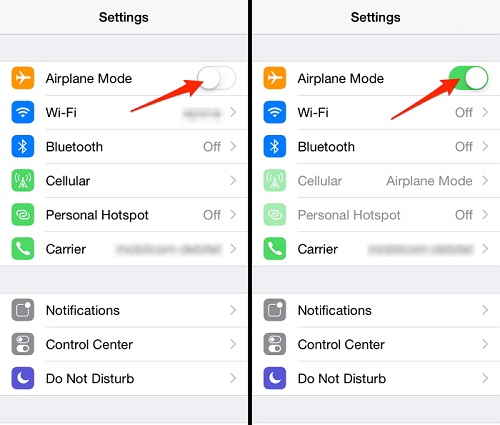
Resetting network connections can occasionally be aided by turning on and off Airplane Mode.
Action: Turn on the Airplane Mode briefly before turning it off. You can reconnect to your network by doing this.
Restart Your iPhone
Restarting your iPhone is an easy way to update its network connections and system operations.
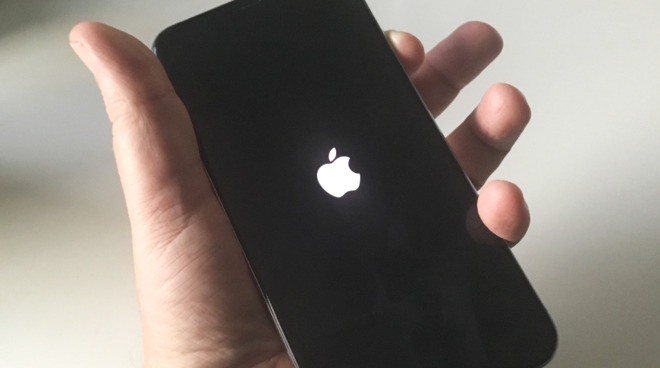
Action: Slide to turn off the power by pressing and holding the power button until the slider appears. After a little while, turn your iPhone back on.
Update the iOS device
Updating your iOS is essential if you want to fix problems with the software.
Action: Go to Settings > General > Software Update to see if there are any software updates available, then install them.
Reset Network Settings
Resetting network settings can frequently fix connectivity issues if the problem still exists.
Navigate to Settings > General > Reset > Reset Network Settings to take action. Keep in mind that this will erase Bluetooth devices and save Wi-Fi passwords.
Check Carrier Status
To find out if your account is being affected by any network or billing issues, get in touch with your carrier’s customer service.
Follow your carrier’s instructions after discussing the “Call Failed” issue with them.
Take out and Put Back in the SIM Card
Call failures can occasionally be caused by problems with the SIM card.
Action: Unplug your iPhone, take out the SIM card, and cautiously put it back. Then, restart your phone.
Verify call forwarding
Make sure you haven’t accidentally added call forwarding, which could cause your calls to be routed to a different phone number.
Action: If required, disable call forwarding by going to Settings > Phone > Call Forwarding.
Carrier Settings Update
Updates that can fix network-related problems are sometimes released by carriers.
Action: Go to Settings > General > About and check for carrier updates.
Clear Out All Settings
Try resetting all settings if none of the aforementioned solutions work. Your data won’t be lost, but all settings will return to their original defaults as a result.
Navigate to Settings > General > Reset > Reset All Settings to take action.
Advanced Troubleshooting Tips
In case the “Call Failed” issue still occurs after you’ve tried the basic troubleshooting methods, you can use these additional suggestions to identify and fix the issue.
Diagnosing Hardware Issues
Call failures can also be caused by hardware issues, though they are less often. How to identify possible hardware problems is as follows:
Speak with an authorized Apple service provider or technician to carry out a comprehensive hardware diagnostic examination.
Investigating Third-party Apps
Call functionality may occasionally be affected by third-party apps. Find and remove any recently installed programs that don’t seem to be working properly.
Uninstall any dubious programs that you may have installed, then try your calls once more.
Replacement SIM Card
You may experience problems with connectivity if your SIM card is outdated or broken.
Take action: Get a new SIM card by contacting your carrier and discarding the old one.
Restore iOS
Consider taking your iPhone back to its factory settings if everything else fails. Please make sure you have a copy of your data before trying this.
Select Erase All Content and Settings under Settings > General > Reset. Next, use a backup or fresh setup to get your iPhone back up and running.
Prevention Approaches
The best defense against “Call Failed” problems on your iPhone in the future is usually prevention. Here are a few preventative actions to think about:
Regular Software Updates
Update the software on your iPhone on a regular basis to keep the operating system current.
App Updates
Make sure all of your apps are up to date with the most recent versions to avoid compatibility problems.
Safe App Installation
Installing third-party programs can be risky; only download them from reliable sources to lower the likelihood of disputes.
Protect Your iPhone

To prevent physical harm to your iPhone that can compromise its hardware components, use a protective case.
Stay Informed
Educate yourself on network problems and carrier updates that may impact your area.
Conclusion
It can be disheartening to see the “Call Failed” message on your iPhone, but with the knowledge and troubleshooting tips in this article, you can identify and fix the problem. You can use a variety of methods, such as examining hardware issues and signal strength checks. To guarantee a flawless calling experience on your iPhone, keep in mind that routine software upgrades, secure app installations, and preventive measures can all be very helpful. You may have uninterrupted talks and easily stay connected by following these instructions.
Related Articles:
https://landscapeinsight.com/technology/how-to-understand-iphone-analytics-data/21547/
https://landscapeinsight.com/technology/snapdrop/69986/
Jessica is engaged in brand exposure at LandscapeInsight. She brings forth content that helps both the reader and brands based on research and trends. You can reach Jessica at –[email protected] or on Our website Contact Us Page.


